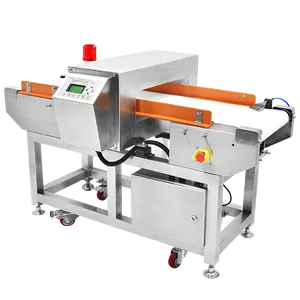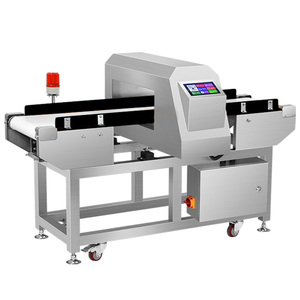Food metal detector is something one might not expect in the food industry. But they play an essential role in ensuring food that is produced is safe to ingest. Various metal contaminants can enter food items that cannot be detected during food production unless a metal detector for food manufacturing is used.
Why is there a need for metal detector food processing machines?
Food production involves many different stages in which metal is always present. Metals can enter food substances in their production because it is present in the environment and can enter through the soil and farming methods. They can also contaminate food through different stages of the food processing line.
Food metal detector manufacturers focus on metal contaminants that enter the food chain through the environment or human interference.
What are the two systems for metal detectors for food production?
There are two different systems that
food metal detector machines use to detect metal contaminants. The Balanced Coil system and the magnetic Ferrous-in-Foil system are the two main methods to ensure the metal is detected in foodstuff. Both systems use different techniques for
metal detection in food packaging.
What kind of contaminants do metal detectors for food production detect?
Meat metal detectors are used to detect contaminants in meat products and other items. In addition to many different foods like rice, cereal, wheat, and edible roots, the meat industry can contain metals and, in some cases, heavy metals. The primary metal contaminants are ferrous, non-ferrous, and stainless steel. Each pollutant varies in how easily it can be detected due to its chemical and physical properties.
Metal detector machines for the food industry can easily detect ferrous contaminants as they are magnetic. Non-ferrous are non-magnetic but are good conductors, so they can also be easily seen. Stainless steel is the most difficult to detect because it is non-metal and not a good conductor of electricity.





























 浙公网安备 33010002000092号
浙公网安备 33010002000092号 浙B2-20120091-4
浙B2-20120091-4